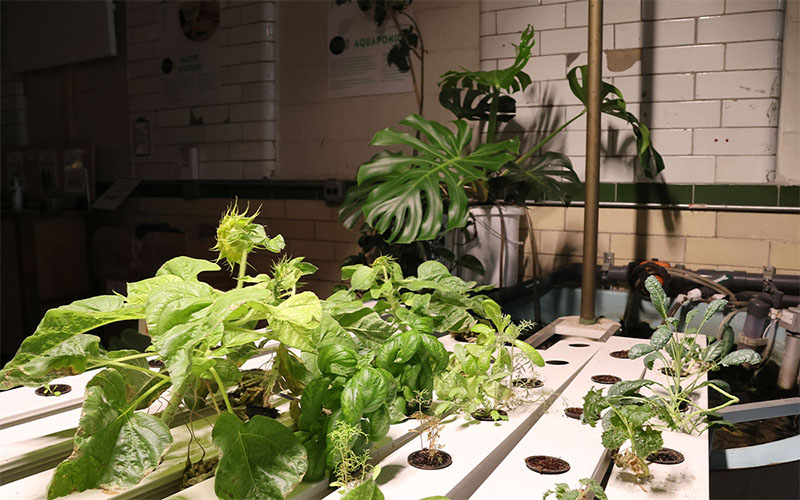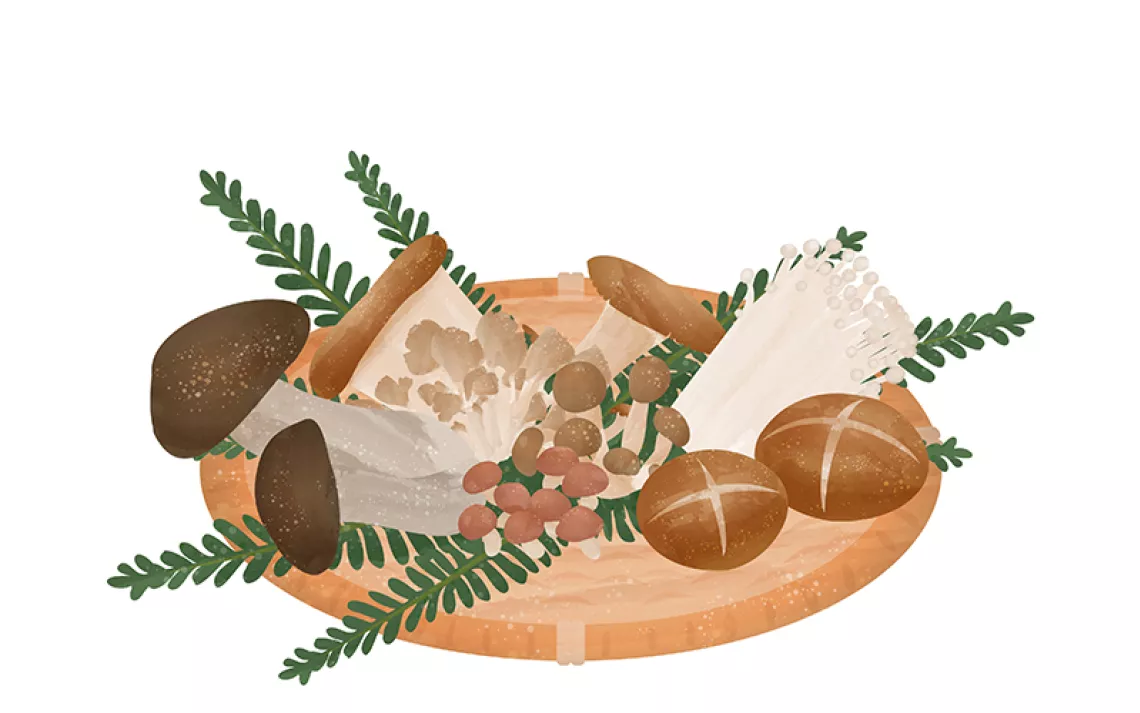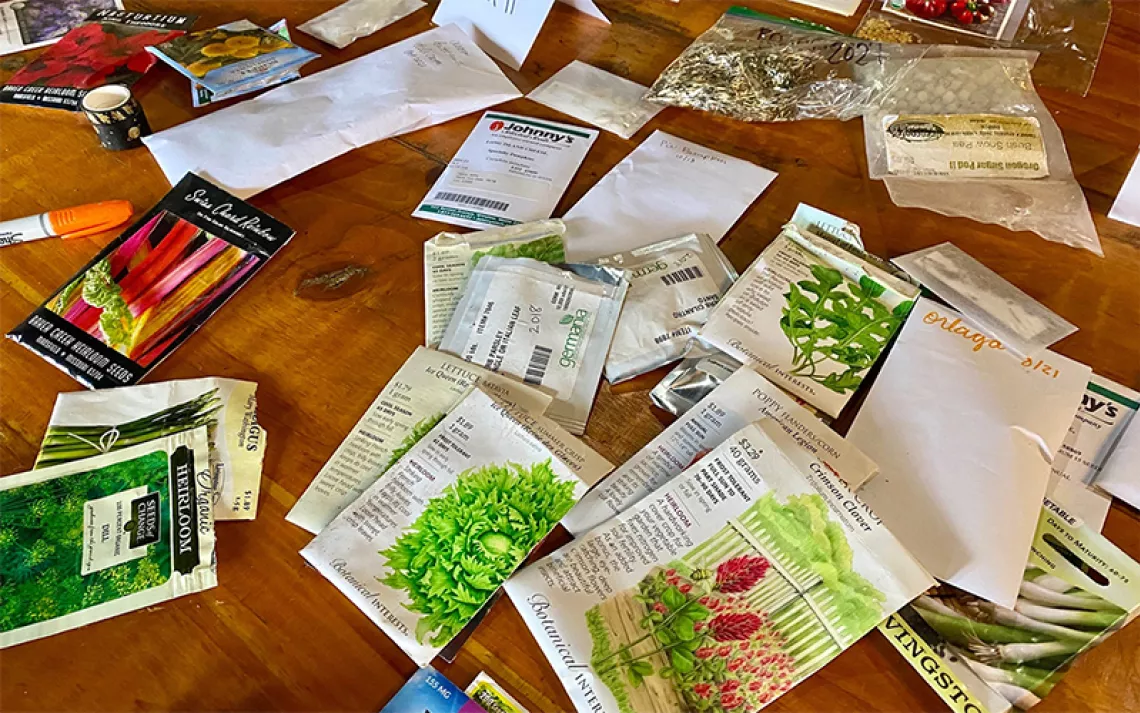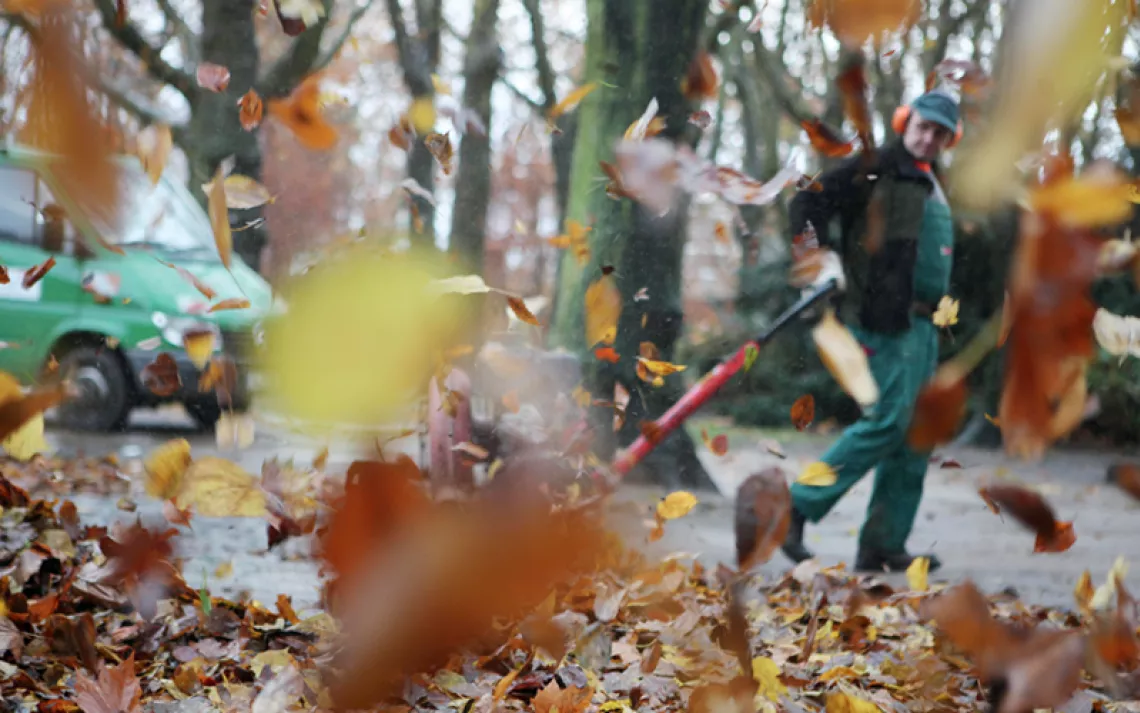ENVIRONMENT EXPLAINED
How to Start Your Own Hydroponic Garden
The latest trend in urban farming, simplified for at-home gardeners

Photo courtesy of Plant Chicago
Hydroponics, the practice of growing plants in water rather than soil, seems to bend the rules of gardening—at first, the thought of cultivating crops without soil might sound preposterous. But over the past 15 years, hydroponics has found its roots among hobby gardeners, who have helped contribute to recent innovation in the field and a parallel trend among commercial growers. On average, the practice uses 90 percent less water than traditional agriculture, making it a sustainable alternative for water-conscious gardeners.
There are many different types of hydroponic systems, some of which are more complex and resource-intensive than others. Here are a few easy ways to start your own hydroponic garden at home, whether you’re an expert gardener who’s ready to invest in a high-tech system or someone who’s just looking to give indoor gardening a try.
The key elements of a hydroponic garden
All hydroponic systems have a few key things in common. Your plants need a growing medium, or a soil substitute, to anchor their roots and help retain moisture. Gardeners use a wide range of materials for this, from rice hulls to clay pellets to coconut fiber. Anything that’s porous and helps plants maintain a good water-to-oxygen ratio will work like a charm.
Most basic hydroponic systems use net pots, or small containers that resemble a drain, to hold the plant and the growing medium. The net pot typically floats above the water, and as the plant grows, its root system will extend out of the net pot and down into the water below.

Hydroponics May Be the Future of Urban Farming
Farmers want to grow gardens in urban warehouses. Can it work on a commercial scale?
Based on each plant’s nutritional needs, gardeners must add a nutrient solution to the water for the extended roots to collect. These solutions differ mainly in their ratio of key elements, such as potassium, nitrogen, and phosphorus—growing herbs, for instance, may require higher levels of potassium, while growing lettuce calls for more nitrogen in the mix.
The price point for supplies can vary depending on the hydroponic method you’re using. But if you’re just looking to start out with a DIY project, you can purchase net pots, a nutrient solution, and some growing media for under $30.
Growing with the Kratky method
The simplest method of hydroponic gardening, the Kratky method, is also the cheapest approach. While most other hydroponic systems use a pump to help circulate water and nutrients through the system, this method uses no pumps or electricity.
Instead, gardeners add enough nutrient solution to the system at the beginning of the process to supply the plants for their full growing cycle. The net pots, containing each plant and its growing medium, are suspended above a container of water, and the container is filled to the top with a mix of water and nutrients. As the plant consumes more water over time, the water level decreases, and the plants’ roots stretch farther and farther down into the container, reaching for more nutrients. This gives the root system exposure to more oxygen as the water level goes down, ensuring that there’s enough air in the system to fully oxygenate the plants.
The Kratky method, named after hydroponic researcher Bernard Kratky, requires some upfront planning to make sure you have enough nutrients to supply your plants, but once your system is in place, you can easily set it and forget it. This method works best for growing leafy vegetables, such as lettuce or spinach, and herbs, such as basil or cilantro.
Some suppliers offer Kratky method kits that contain everything you need for setup, including net pots, growing media, nutrient solution, and a pH control kit; however, it’s also quite easy to purchase these supplies individually and build your own garden.
How to scale up your hydroponic system
Ready to take production to the next level, but want to keep it affordable? Start out by scaling up your Kratky method garden.
“I've done a Kratky system with an entire, like, 12-foot-long growing bed,” said Eric Weber, who helps operate a hydroponic farm at the sustainability nonprofit Plant Chicago. “You can do it at a very large scale, and then you can go up from there.”
Deep-water culture is another simple but scaled-up option. It uses the same strategy as the Kratky method of suspending net pots over a mix of water and nutrients, but instead of letting the water level decrease over time, deep-water culture keeps plants suspended in water, using an air pump to circulate oxygen into the system. This helps keep the plants a bit more regulated, allowing for larger-scale growing than the Kratky method, while keeping it relatively low maintenance. Because deep-water culture requires air pumps and a reservoir for distilled water, system prices can be slightly higher, starting at about $100.
If you’re looking for an even more advanced hydroponic system, look for ones that can house an entire vertical vegetable garden up to six feet tall. Similarly to deep-water culture, these systems use tubes to circulate water, nutrients, and oxygen throughout the garden, using sensors to detect when to refill water or nutrients so that you don’t have to track it yourself. Depending on the scale of the system, these can cost several hundred dollars, but they’re known for their low-maintenance design and high yield, allowing anyone to grow a hydroponic garden with almost no hassle.
No matter the scale of investment you’re looking to make, the unique combination of new technology and long-standing practices used by hydroponic gardeners mean that this low-maintenance, low-water consumption system is more accessible than ever. Happy growing!
 The Magazine of The Sierra Club
The Magazine of The Sierra Club



